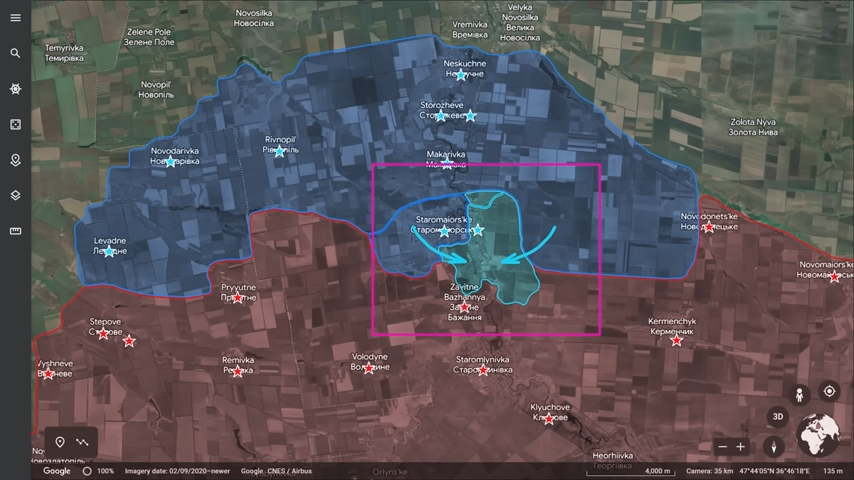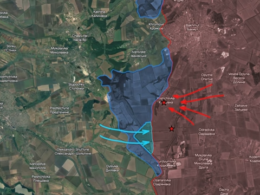Recently, Ukrainian forces decided to reduce the intensity of ground attacks as they noted increased Russian reinforcements in the area of Urozhaine. Ukrainians recognized this as a strategic opportunity to weaken Russian forces efficiently via indirect fire.
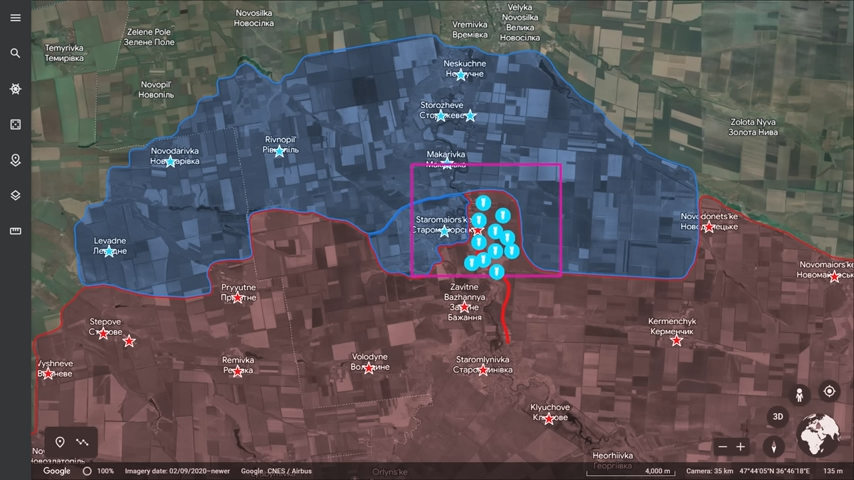
Geolocation-based footage illustrates Ukrainian monitoring of Russian reinforcements and their subsequent targeting of concentrated forces. Recent Ukrainian reconnaissance corroborated a significant depletion of Russian reserves, prompting a gradual resurgence in ground operations.
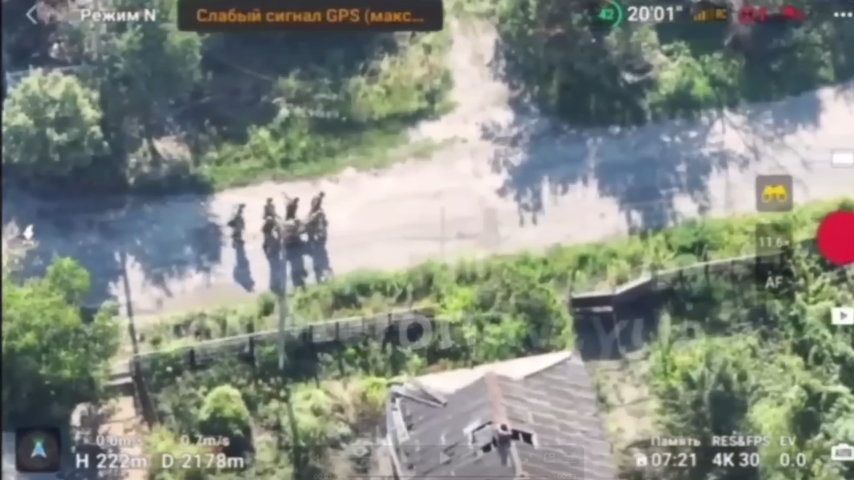
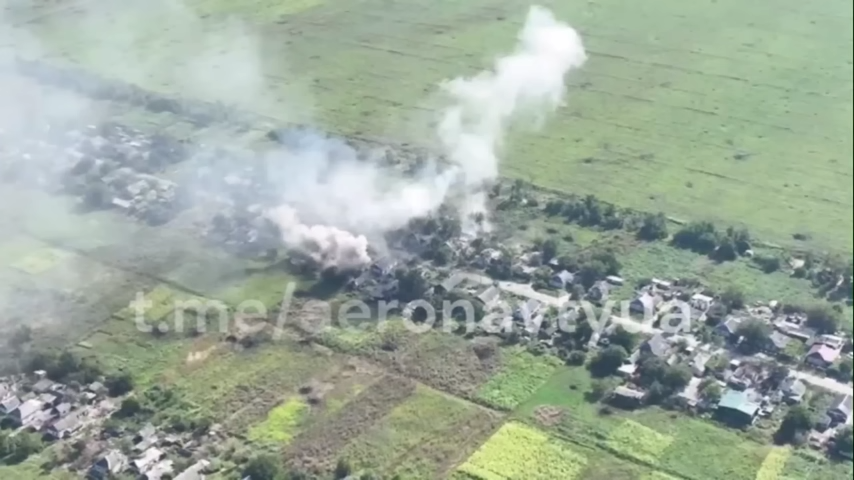
The initial phase witnessed Ukrainian marines from the 35th and 36th Brigades launching probing attacks from the north and northeast.
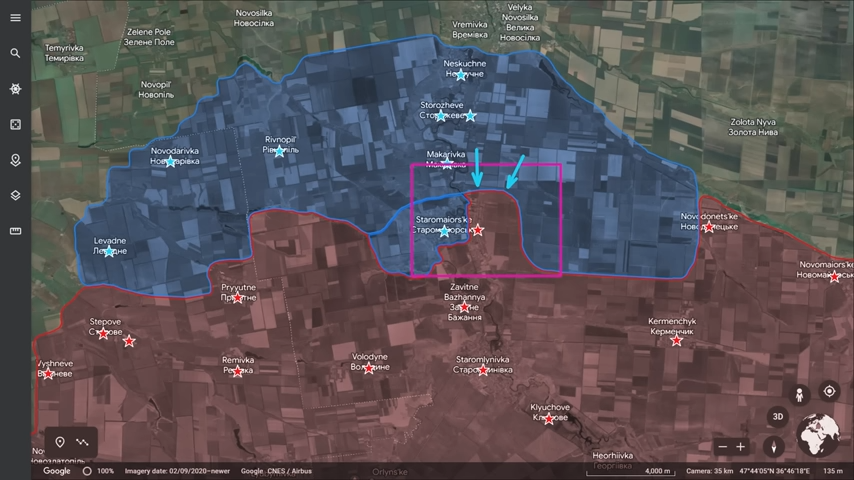
These operations were notably successful, enabling Ukrainian forces to gain a foothold in the northern part of the village by midnight. Satellite imagery demonstrated that the northern sector comprised several strong points, including trench networks constructed by the Russians.
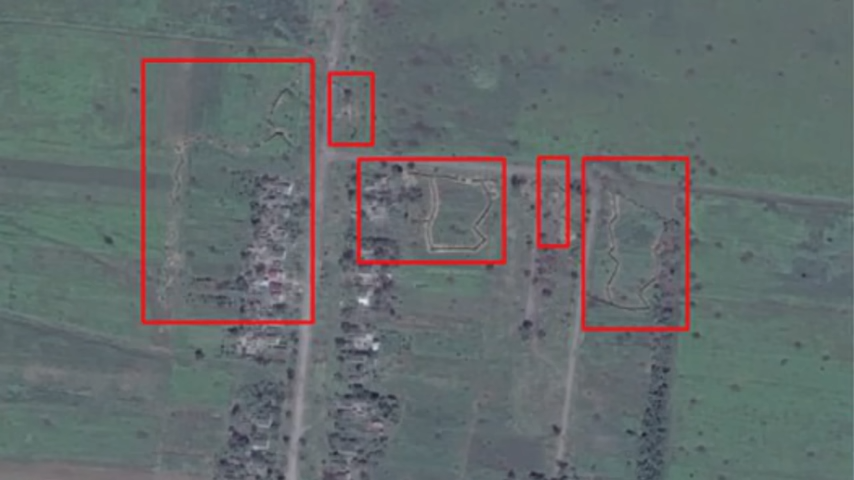
Subsequently, the Ukrainians capitalized on their gains, initiating assaults on adjacent strongholds. Russian sources reported Ukrainian tank deployment for fire support at a distance. Geolocated footage confirmed Ukrainian tank maneuvers that effectively intercepted Russian reinforcements and restricted their village movement.
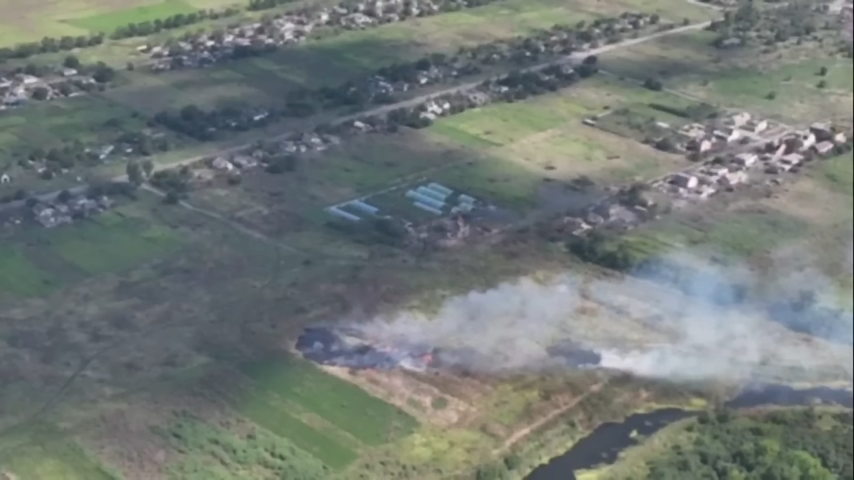
Consequently, Russian forces faced delays in receiving essential aid, prompting a retreat due to their confinement to the village's northern trenches. The breach of this defensive line facilitated Ukrainian advancements.
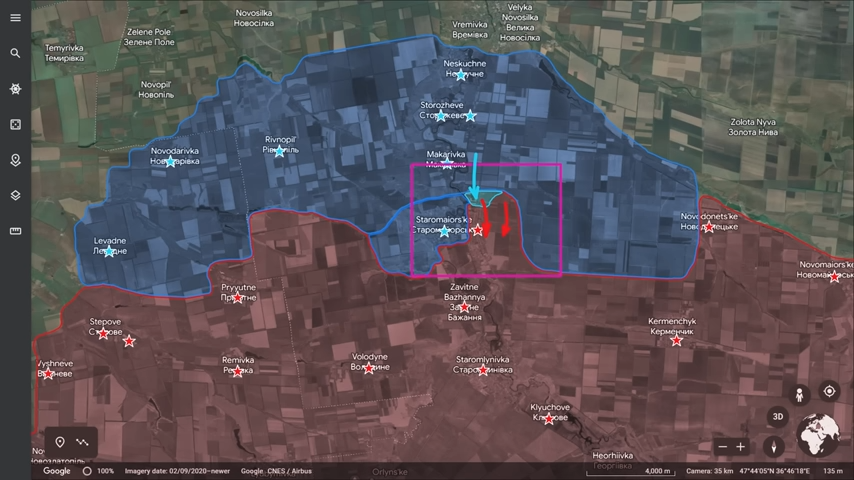
However, Ukrainian forces opted to maintain a defensive position within the breached trenches, anticipating forthcoming heavy artillery fire. Amid this stance, another marine unit covertly prepared a surprise attack. Unexpectedly, Ukrainians launched two new lines of assault from the east and west. Concealed pontoon bridges were discovered in the tree lines, creating a nighttime river passage.
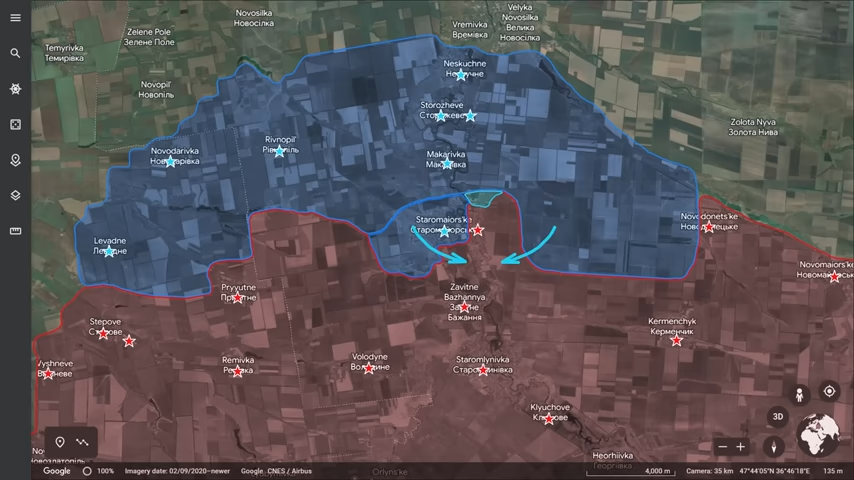
Trending Now
This maneuver encircled Russian forces in the village's southern sector, compelling them to abandon positions and hastily retreat.
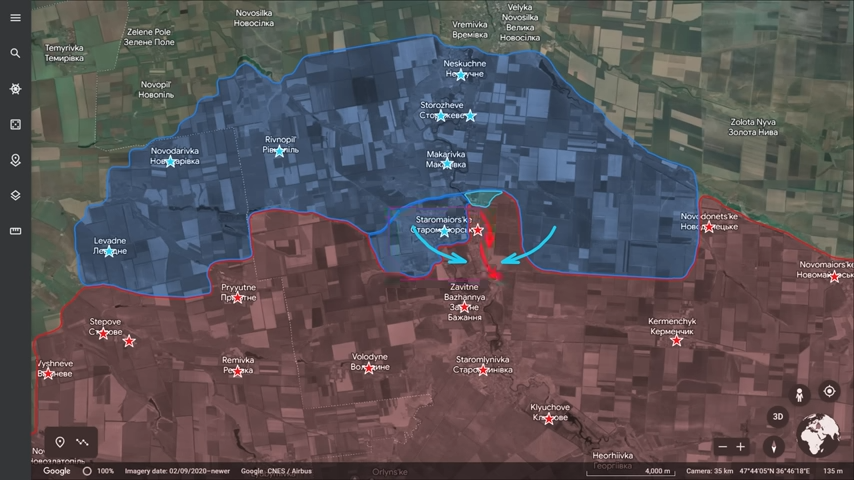
Initial Russian claims suggested the settlement's retention and preparation for a counterattack in the north. Subsequent geolocated footage refuted these claims, exposing Russian losses and a failed counterattack, with cluster munitions decimating their assault units.

Russian analysts promptly began attributing the defense line's collapse to leadership failures. The broader blame extended to the entire Russian 37th Brigade for inadequate organizational efforts. Insights revealed commanders' struggles to enforce discipline and concerns over troop shortages, masking the reality of a perpetually intoxicated rearward half of the forces.
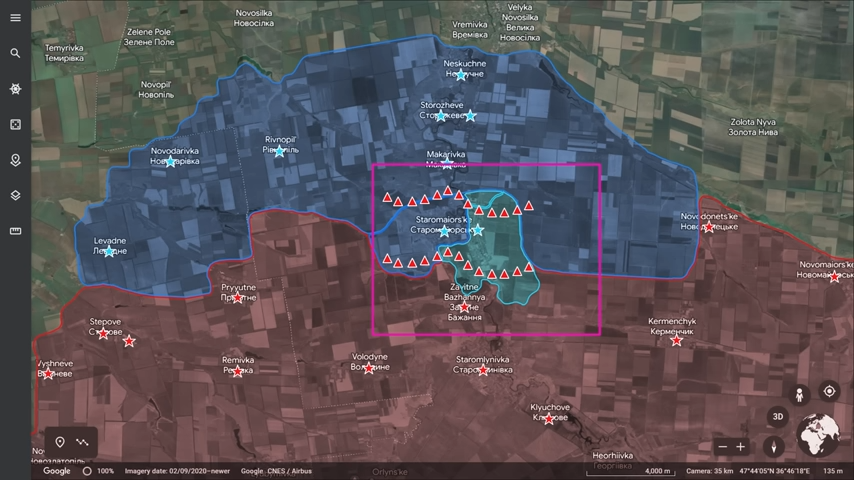
Moreover, inter-unit coordination proved disastrous, as Russian tank divisions frequently declined infantry fire support on the front lines. This lack of synergy contributed to losing tactical heights around Staromaiorske and Urozhaine, resulting in substantial casualties until further action became untenable.
Ukrainians effectively capitalized on Russian retreat from the village, gaining control over several strong points to its south. The deteriorating front line suggests an impending collapse, signaling the onset of the battle for Zavitne Bazhania.

In our daily frontline report, we pair up with the military blogger Reporting from Ukraine to keep you informed about what is happening on the battlefield in the Russo-Ukrainian war.

